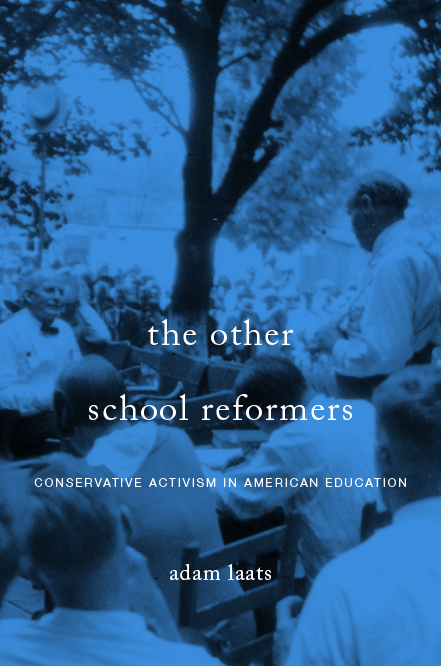There are a lot of jobs I’m glad I don’t have. Being admissions director at a small or medium-sized evangelical liberal-arts college is just one of them. As a recent commentary in Chronicle of Higher Education (subscription only, sorry) makes crystal clear, these are dark times for some mainstream colleges. I can’t help but think they’ll be even darker for evangelical ones.

How much will families pay for fancy buildings and philosophy degrees? …for Christian ones?
Bill Conley, enrollment guru at Bucknell University in Ohio, describes a “perfect storm” of declining enrollments at private liberal-arts colleges like his. Yes, there have been panics before, but this time it is serious. Especially in “soft” non-professional majors, enrollment since the financial crash of 2008 has plummeted. As Conley grimly describes,
with each demographic blip, and with every crossing of a new are-you-kidding-me? threshold for cost of attendance, colleges still reported record selectivity, robust enrollments, and financial-aid programs that, for some, effectively reduced sticker shock. Indeed, reports of a higher-education bubble about to burst appeared to be greatly exaggerated. American higher education seemingly had an elasticity that could withstand periodic, short-term fluctuations in demand and cost.
Then came 2008. The Great Recession devastated university endowments, shattered the majority of family wealth and income, and confounded the predictive modeling of enrollment managers. The near-term chaos was very real. Somehow, at varying rates, most colleges managed to survive, but in order to do so they established a “new normal” that would allow them to claim renewed stability for the long haul. That brings us to the summer of 2019, when the cracks in this new normal really started to show.
What does the future hold for private colleges like Bucknell? Conley is not optimistic. As he concludes,
Higher education has fully entered a new structural reality. You’d be naïve to believe that most colleges will be able to ride out this unexpected wave as we have previous swells.
Not all universities are in the same boat. Public universities with lower tuition sticker prices are booming. Technical and professional programs are doing fine. But parents and students are increasingly unlikely to shell out big bucks for liberal-arts degrees. What will this mean for the world of evangelical higher ed?
As I found in the research for Fundamentalist U, when it came to admissions numbers, evangelical colleges and universities shared the historical patterns of mainstream institutions.
Before World War II, the few fundamentalist colleges that offered more than Bible-institute training had more students than they could manage. One survey in the late 1940s found that enrollment at a group of seventy evangelical colleges doubled between 1929 and 1940. In 1936 alone, the enrollment at Wheaton College in Illinois jumped by seventeen percent.
By the 1960s, however, due largely to an infusion of federal money from the GI Bill, the number of evangelical colleges had grown so rapidly that they struggled to fill their classrooms. Suddenly, liberal-arts colleges like Wheaton faced a new dilemma. Students just weren’t coming. In 1964, 8,528 high-school students requested information about Wheaton. By 1967 that number dropped to only 6,403, with only 1,101 actual applicants.
Clearly, Wheaton College survived that 1960s slump and one might be tempted to think Conley’s worries today are similarly exaggerated. I’m not so sure. What would convince parents and students to spend tens of thousands of extra tuition dollars to attend an evangelical college instead of an academically comparable (or superior) state college?
In the past, the answer has always been the uniquely evangelical environment of evangelical colleges. Where else can a family be sure that all the professors share their faith? That most of the students do? That the entire mission of the college is to teach students in a specifically evangelical manner?
The hard truth is that families will have to figure out how much those things are worth, in dollars and cents. Will they pay $100,000 extra? $50,000? $200,000? It doesn’t take much of a historical perspective to see that the magic number will likely shrink past the point colleges can stand. If they pay more to maintain their high-quality evangelical environment, can they compete with cheaper state schools?
These days, as schools like Bucknell see their traditional family loyalties dry up in the face of unmatchable price competition from state schools, evangelical colleges will face similar storms. For more and more families, college will be a chance to learn professional skills, not form Christian faith. If the price difference is steep enough, families will let their churches do the Christian part, and state schools do the higher-ed part.




